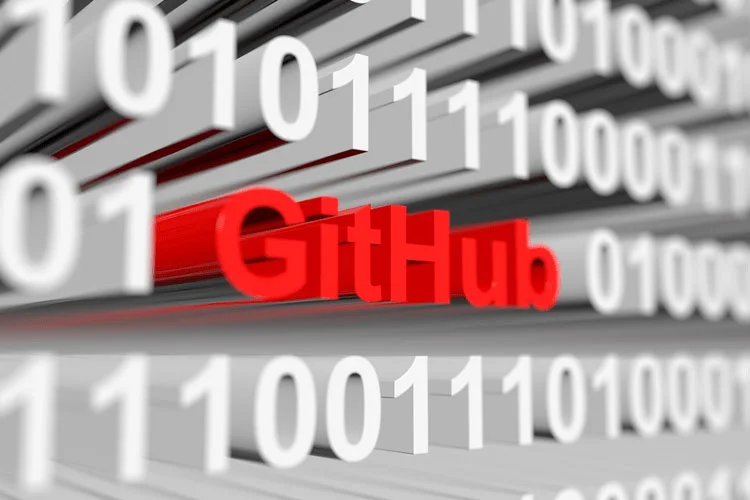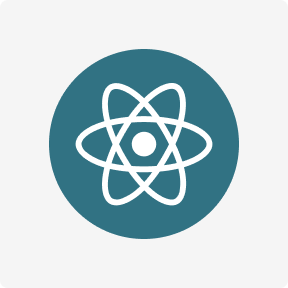Fog computing is used in Internet of Things applications to process data where it is generated rather than in a centralized data center or cloud. By bringing processing and storage closer to the edge of the network, fog computing can improve performance and reduce latency for IoT applications. The integration of data is a key factor that differentiates cloud computing from fog computing. Cloud computing relies on centralized data storage, with all processing and analysis taking place at a central location.

The data is processed at the end of the nodes on the smart devices to segregate information from different sources at each user’s gateways or routers. Cloud computing is considered to be a cost-effective way when working with the Internet of Things. The services are also connected to a variety of platforms that provide detailed analytics and other data for improvement. https://www.globalcloudteam.com/ Fog computing offers a better quality of services by processing the data of the devices that are even deployed in areas with high network density. It is an architecture that extends services offered by the cloud to edge devices. Fog computing is seen as the new cloud and is believed to have taken over, but it is just an extension or an evolution of the cloud.
Advantages of fog computing in IoT
This capability is crucial for time-sensitive applications like autonomous vehicles, industrial automation, and Internet of Things deployments. In cloud computing, end-users experience a quick response time with the help of dedicated data centers. There is less bandwidth usage involved in fog computing, and no need to use expensive dedicated hardware at your network edge. At the same time, though, fog computing is network-agnostic in the sense that the network can be wired, Wi-Fi or even 5G.
In fact, these two technologies work with each other to add value through data. In edge networks, cloud computing is often dedicated to completing tasks that require more computing power, such as large-scale artificial intelligence and machine learning operations. IT personnel commonly view the terms edge computing and fog computing as interchangeable. This is because both processes bring processing and intelligence closer to the data source. We will help you eliminate these uncertainties and navigate through modern cloud and data solutions. You can leverage our experience in IoT software development, cloud computing, ETL pipeline development and big data analytics services, to choose the right approach for your project.
What are the disadvantages of fog computing?
Improved security – By storing sensitive data locally on devices at the edge of the network instead of in centralized data centers, fog computing can help businesses improve their security posture. On one hand, cloud computing is highly dependent on having a strong and reliable core network. Without a high-quality network, data can become corrupted or lost, which can have serious consequences for users. In contrast, fog computing takes a decentralized approach, relying on systems at the edge of the network, such as individual devices or sensors, to store and process data. Regarding cloud computing versus fog computing, there are a few significant differences that set these two paradigms apart. Perhaps the most obvious difference between fog computing and cloud computing is the number of server nodes required for each approach.
Cloud computing is a centralized model of computer science, which makes the data and services available globally, making it a bit of a slow approach. In simple terms, fog computing is cloud computing plus the Internet of Things. Fog computing enables the performance of crucial real-time operations at the network edge while offloading non-time-sensitive jobs to the cloud. This combination guarantees top performance, economy of scale, and scalability. After going through the article thoroughly, you can easily tell the difference between fog and cloud computing.
What is Cloud computing?
According to Statista, by 2020, there will be 30 billion IoT devices worldwide, and by 2025 this number will exceed 75 billion connected things. Fog computing uses different protocols and standards, so the risk of failure is very low. Fog does short-term edge analysis due to the immediate response, while Cloud aims for a deeper, longer-term analysis due to a slower response.

When it comes to fog computing vs cloud computing, there are a number of key differences that set these two technologies apart. Perhaps the most significant difference is latency or the amount of time required for data to travel between devices. In cloud computing systems, latency is typically high due to the centralized nature of the platform. The main difference between cloud, fog and edge computing is defined by where data from edge devices is processed and stored. Cloud servers are placed away from the edge, while fog is pulled closer to reduce the time needed to process data and respond to events faster.
Fog Computing Benefits
It analyzes the data close to the device and helps in averting any disaster. Cloud has different parts such as frontend platform (e.g., mobile device), backend platform , cloud delivery, and network . Cloud computing service providers can benefit from significant economies of scale by providing similar services to customers. If you’re looking for the best dedicated server provider to increase efficiency, contact RedSwitches today.

Instead, computing processes take place locally, thus reducing the need for long-distance data transfers to cloud servers, which can be expensive and slow. Five key differences between edge computing and fog computing have been listed below. Finally, these computing architectures can be used to implement data privacy measures, such as processing sensitive data on the edge without sending anything to a centralized cloud platform.
Key Comparisons: Similarities and Differences Between Edge & Fog Computing
Such a setup may see a small-scale rack of the technology required to process data locally. Depending on the nature of the data being collected, this setup can be protected from wear and tear by using air conditioning, hardened enclosures, or other forms of security infrastructure. ConceptEdge ComputingFog ComputingEdge computing is defined as a computing architecture that brings data processing as close to the source of data as physically possible. Further, these computing methods help strengthen the otherwise inadequate security posture of IoT environments by keeping data off locations or streams that can be compromised.
- This helps meet the requirements of time-sensitive data analytics applications, such as those seen in the banking and finance industry.
- The cloud targets a deep, long-term analysis due to a sluggish response.
- Another good blog would be talking about the differences between edge computing and fog computing.
- In this way, Fog is an intelligent gateway that dispels the clouds, enabling more efficient data storage, processing, and analysis.
Improved security – While there have been some concerns about security in the past, cloud providers have made great strides in improving security capabilities in recent years. Increased collaboration – Cloud-based solutions make it easy for employees to collaborate on projects in real-time from any location. Improved disaster recovery – Cloud providers offer comprehensive disaster recovery solutions that can help businesses recover from major disruptions quickly and efficiently. Cloud doesn’t provide any segregation in data while transmitting data at the service gate, thereby increasing the load and thus making the system less responsive.
Network efficiency
Cloud allows to scale easier, faster and more cost-effectively compared to edge and fog. Install fog node hardware – Once you’ve acquired the hardware you will need to install the hardware where it makes sense. This will be a balancing act of cost and which physical location is ideal.
